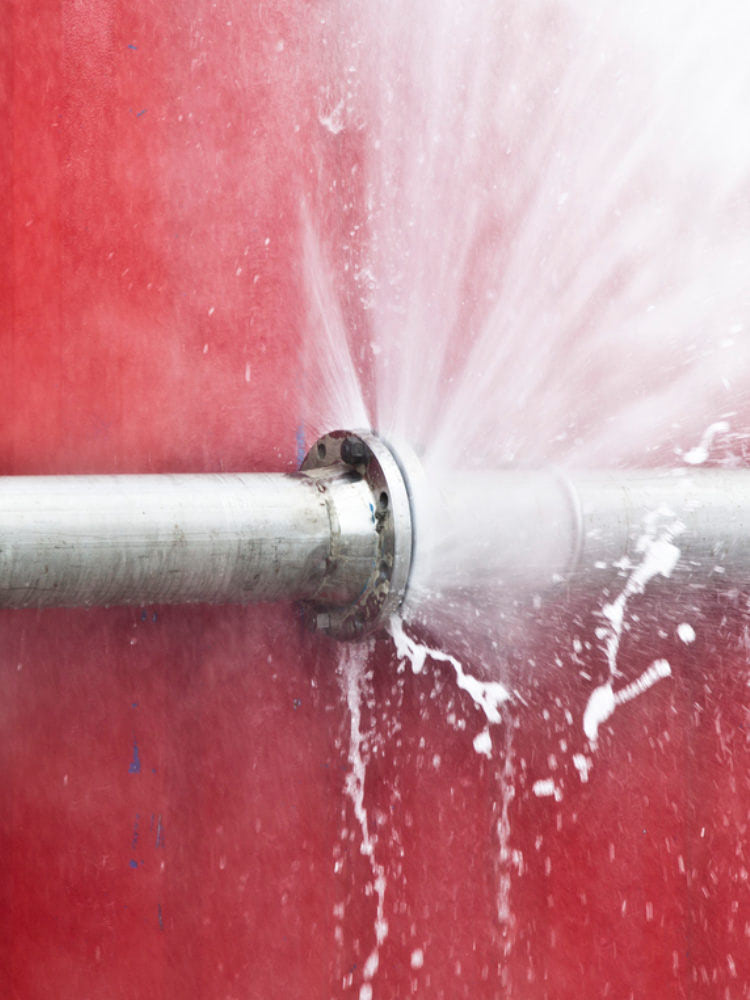Just about every person seems to have their own unique opinion on the subject of How to detect water leaks in your home.

Leaks not only create waste of water yet can additionally cause unnecessary damage to your home and also promote undesirable organic growth. By understanding and also looking for everyday situations that cause leakages, you can protect your house from future leakages and unneeded damage.
Instantaneous temperature modifications.
Extreme temperature level changes in our pipes can create them to increase and also contract unexpectedly. This development as well as contraction might cause cracks in the pipes, especially if the temperature level are below freezing. It would certainly be best if you kept an eye on just how your plumbing works. The visibility of the previously mentioned conditions often indicates a high danger.
Corroded water systems
As time goes by, your plumbing system ages as well as rust such as corrosion might start eating away the pipelines. This may be the source of discoloration or bending on your water pipes. This requires an assessment with your plumber quickly. If our plumbing system is old, take into consideration replacing the pipelines since they are at a higher danger of corrosion than the more recent models.
Defective Pipeline Joints
Pipe joints can wear away over time, resulting in water leaks. If you have loud pipelines that make ticking or banging sounds, specifically when the warm water is transformed on, your pipe joints are possibly under a great deal of stress.
Intruding origins
The majority of water leaks begin outside your house rather than inside it. If you notice an unexpected decrease in water pressure, state in your faucet, take time to go out and examine your yard. You might see damp spots or sinkholes in your backyard, which might imply that tree origins are attacking water lines triggering water to permeate out. You can have your plumber check for breach, especially if you have trees or shrubs near your property.
Poor Water Connectors
At times, a leak can be caused by loose pipes and pipelines that provide your appliances. In situation of a water links leakage, you might discover water running directly from the supply line or puddles around your devices.
Obstructed Drains
Obstructed drains might be frustrating as well as inconveniencing, but they can often end up causing an overflow resulting in rupture pipelines. Keep eliminating any products that may drop your drains that might clog them to stay clear of such hassles.
All the above are causes of leaks but not all water leakages arise from plumbing leaks; some leaks could originate from roofing system leakages. All leaks ought to be repaired promptly to avoid water damage.
Leakages not only create waste of water yet can also create unnecessary damage to your house as well as promote unwanted organic growth. By understanding and also looking for daily situations that create leakages, you can protect your house from future leakages and also unneeded damage. Today, we will look at six leak causes that might be triggering your pipelines to trickle.
At times, a leakage can be caused by loose hose pipes as well as pipes that supply your devices. In instance of a water links leakage, you may notice water running straight from the supply line or puddles around your home appliances.
How To Check For Water Leak In Your Home
How To Check for Leaks
The average household's leaks can account for nearly 10,000 gallons of water wasted every year and ten percent of homes have leaks that waste 90 gallons or more per day. Common types of leaks found in the home are worn toilet flappers, dripping faucets, and other leaking valves. These types of leaks are often easy to fix, requiring only a few tools and hardware that can pay for themselves in water savings. Fixing easily corrected household water leaks can save homeowners about 10 percent on their water bills.
To check for leaks in your home, you first need to determine whether you're wasting water and then identify the source of the leak. Here are some tips for finding leaks:
Take a look at your water usage during a colder month, such as January or February. If a family of four exceeds 12,000 gallons per month, there are serious leaks.
Check your water meter before and after a two-hour period when no water is being used. If the meter changes at all, you probably have a leak.
Identify toilet leaks by placing a drop of food coloring in the toilet tank. If any color shows up in the bowl after 10 minutes, you have a leak. (Be sure to flush immediately after the experiment to avoid staining the tank.)
Examine faucet gaskets and pipe fittings for any water on the outside of the pipe to check for surface leaks.
Undetected water leaks can happen without the home or business owner even realizing. If you suspect a water leak, but not able to find the source. It is time to contact a professional water leak detection service, The Leak Doctor.
How To Find a Water Leak In Your Home
https://www.leakdoctor.com/blog/How-To-Check-For-Water-Leak-In-Your-Home_AE197.html

Do you enjoy reading up on Common Water Leaks In House? Create a short review down below. We will be pleased to hear your reactions about this blog. We hope to see you back again later on. Are you aware of another individual who is sincerely interested in the subject? Do not hesitate to share it. I enjoy reading our article about Most Common Causes of Leaky Pipes.
Resolve today, dial!